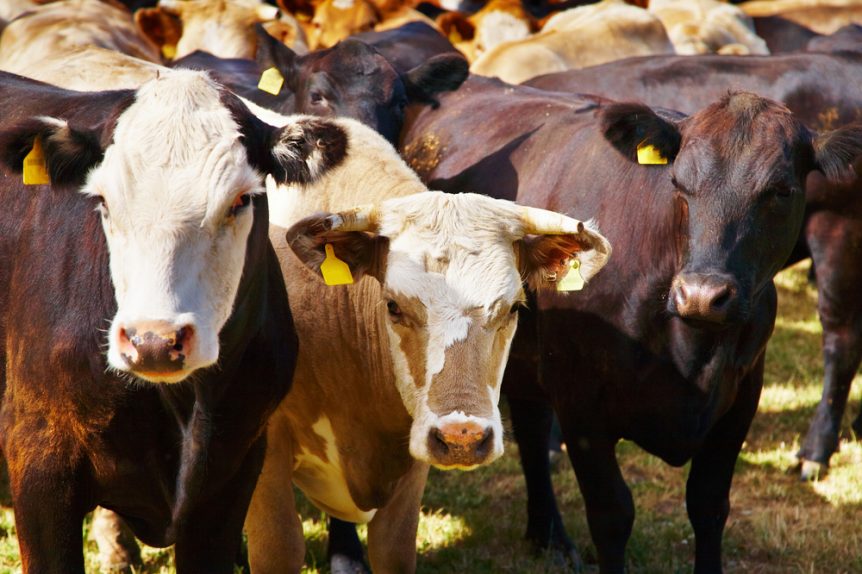The U.S. Department of Agriculture (USDA) has released a proposal for updating organic livestock standards. A Request for Comment has been published in the Federal Register for the Organic Livestock and Poultry Standards (OLPS) proposed rule. USDA’s National Organic Program (NOP) will be hosting a public webinar listening session on August 19 to hear comments on the proposal. Multiple agriculture organizations have praised the announcement to update the standards governing the living conditions, transport, and slaughter of organic livestock.
“After 20 years stuck in limbo, organic animal welfare reforms are finally back on the agenda at USDA,” said OTA CEO and Executive Director Tom Chapman. “The Organic Trade Association welcomes the release of the Organic Livestock and Poultry Standards proposed rule, which will level the playing field for organic producers and raise the bar so that the highest standard of care becomes the baseline.”
The comment period for the proposal will close at midnight on October 11. The proposed rule is similar to the previous iteration of organic livestock standards included in the 2017 rule. One of the notable changes relates to the Organic Foods Production Act and the authority for regulating animal welfare. The Trump Administration had previously asserted that it did not have the requisite authority for regulating livestock and poultry health care. USDA believes the rule change will help ensure a more competitive and fairer market for organic producers, ensuring production is consistent within the sector.
“This is a resounding victory for organic animals, farmers, and eaters,” senior attorney with Center for Food Safety, Amy van Saun said in a press release. “The proposed rule appears to fully reinstate the vital requirements recommended by the National Organic Standards Board and organic stakeholders that were part of the 2017 final rule, including the crucial updates ensuring that organic chickens have outdoor access and indoor habitat, eliminating the so-called ‘porches’ that allowed some producers to factory-farm their poultry.”











